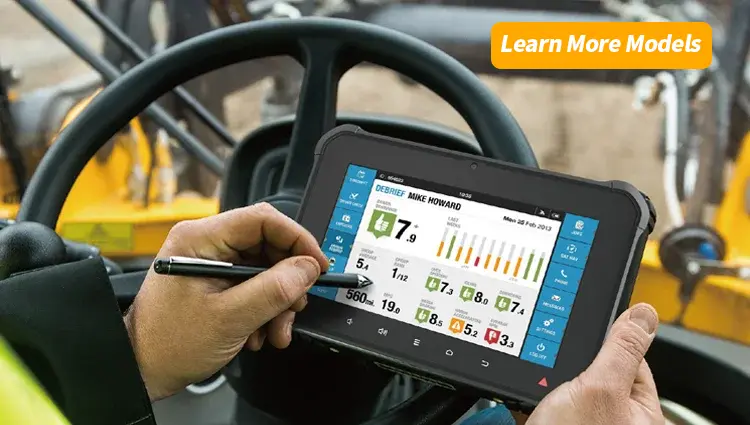Training Drivers to Use Tablets: Why It’s Essential and Best Practices to Get It Right
In today’s logistics and transportation world, tablets are transforming how drivers work—streamlining navigation, tracking hours, and enabling instant communication. But here’s the reality: without proper training, these tools can become more of a hindrance than a help. Let’s explore why training is vital and how to do it effectively.

Why Training Matters
- Boosts Efficiency: When drivers know how to use tablets confidently, they save time and avoid tech-related delays.
- Reduces Errors: Proper training ensures accurate data entry and navigation, minimizing mistakes that can disrupt operations.
- Improves Safety: Familiarity with tablets cuts down on distractions, keeping drivers’ attention where it belongs—on the road.
Training isn’t just a nice-to-have; it’s a must for operational success and driver safety.
Best Practices for Effective Training
- Hands-On Learning: Use real-world scenarios to give drivers practical experience and build their confidence.
- Clear Instructions: Provide simple, step-by-step guidance to make the learning process smooth and stress-free.
- Continuous Support: Offer refresher sessions and a helpdesk to address questions or issues as they arise.
- Driver Feedback: Listen to drivers’ input to refine training and address their specific needs.

These steps turn tablet training into a powerful tool for empowerment, not just a tech rollout.
Let’s Talk
Investing in training drivers to use tablets is about more than technology—it’s about equipping your team to excel. A well-trained driver is a safer, more efficient driver.
What’s your take on training drivers for tech tools? Drop your thoughts below—I’d love to hear your insights!








